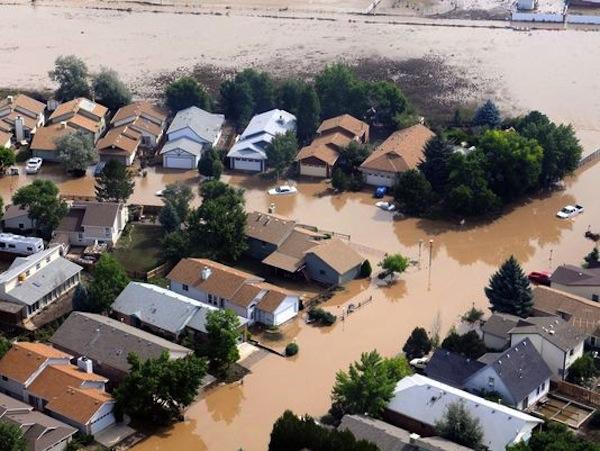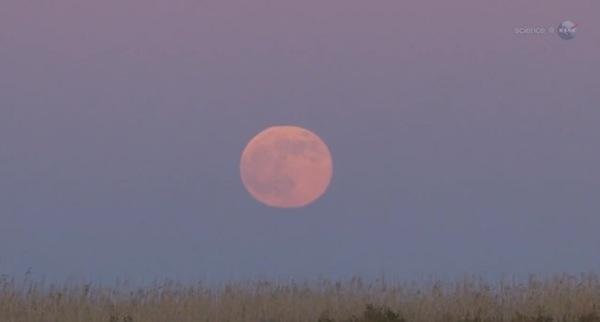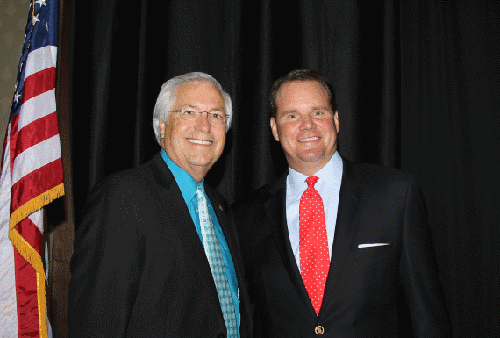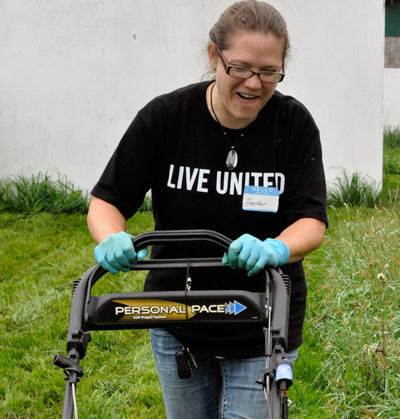
Photo source: Wiki
September 19, 2013
By DINA CAPPIELLO — Associated Press
WASHINGTON — Linking global warming to public health, disease and extreme weather, the Obama administration pressed ahead Friday with tough requirements to limit carbon pollution from new power plants, despite protests from industry and from Republicans that it would mean a dim future for coal.
The proposal, which sets the first national limits on heat-trapping pollution from future power plants, would help reshape where Americans get electricity, moving from a coal-dependent past into a future fired by cleaner sources of energy. It’s also a key step in President Barack Obama’s global warming plans, because it would help end what he called “the limitless dumping of carbon pollution” from power plants.
Environmental Protection Agency administrator Gina McCarthy said in a speech Friday morning to announce the proposal that, rather than damage an industry, the proposed regulations would help the industry to grow.
McCarthy pressed her case by linking global warming to a suite of environmental problems, from severe weather to disease to worsening other types of air pollution.
“We know this is not just about melting glaciers,” McCarthy said. “Climate change – caused by carbon pollution – is one of the most significant public health threats of our time. That’s why EPA has been called to action.”
However, since the proposal deals with only new power plants it will have a limited effect on global emissions of heat-trapping pollution. A separate standard for the existing fleet of power plants, the largest source of carbon pollution, is due next summer.
Despite some tweaks, the rule packs the same punch as one announced last year, which was widely criticized by industry and by Republicans as effectively banning any new coal-fired power plants.
That’s because to meet the standard, new coal-fired power plants would need to install expensive technology to capture carbon dioxide and bury it underground. No coal-fired power plant has done that yet, in large part because of the cost.
Coal, which is already struggling to compete with cheap natural gas, accounts for 40 percent of U.S. electricity, a share that was already shrinking. And natural gas would need no additional pollution controls to comply.
“It is clear that the EPA is continuing to move forward with a strategy that will write off our huge, secure, affordable coal resources by essentially outlawing the construction of new coal plants,” said Bruce Josten, the vice president for government affairs at the U.S. Chamber of Commerce.
Follow Dina Cappiello on Twitter at http://www.twitter.com/dinacappiello
















